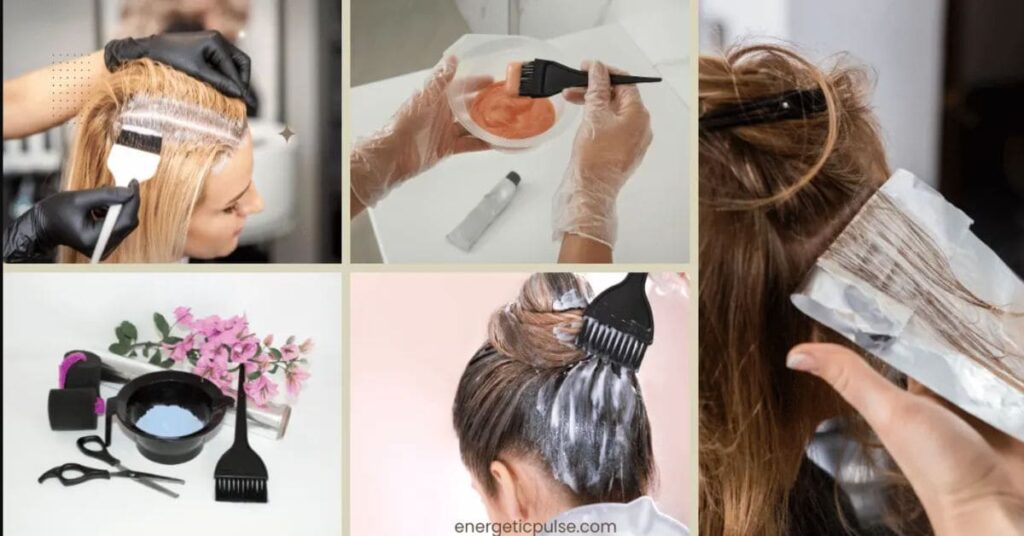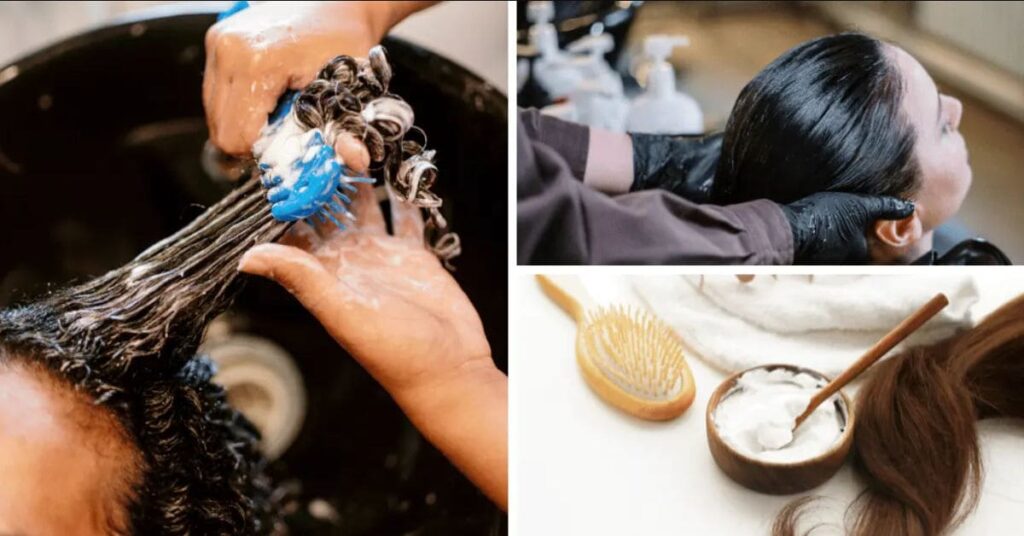When it comes to hair care, every strand matters, especially for those with thin hair. The quest for the perfect tool to tame those delicate strands can be daunting. Combs and brushes are the two main contenders in this arena, each with its own set of pros and cons. But which one is better for thin hair?
Knowing About Thin Hair
It is essential to know the basics of thin hair before getting into the comb vs. brush debate. When we talk about thin hair, we usually mean strands that are thinner than those seen in thicker hair types. They may become more brittle overall and more prone to breaking and tangling as a result.
The Case for the Comb
Combs have been a staple in hair care routines for centuries, and for good reason. They come in various shapes and sizes, from wide-toothed to fine-toothed, making them versatile tools for different hair types.
For those with thin hair, a comb offers several advantages:
- Gentle Detangling:
The wide-toothed variety is particularly gentle on fragile strands, minimizing breakage and reducing hair loss.
- Precision Styling:
Fine-toothed combs allow for precise styling, making them ideal for creating sleek looks or parting hair neatly.
- Scalp stimulation:
The act of combing can stimulate the scalp, promoting blood flow and potentially encouraging hair growth.
The Argument for the Brush
On the other side of the ring, we have the brush. These tools are well-known for their ability to smooth and style hair with comfort. But are they suitable for thin hair?
Here’s why some argue in favor of brushes:
Effective Smoothing:
Brushes are great for smoothing weak hair and transferring natural oils from the scalp throughout the length of the strands, increasing shine and general health. They work especially well for brushes made of natural bristles.
Volume Boost:
Certain types of brushes, such as round brushes, can add volume to thin hair by lifting it at the roots and creating the illusion of fuller locks.
Versatility:
From detangling to styling, brushes offer a wide range of functions, making them a versatile addition to any hair care arsenal.
The Decision
So, which is better for thin hair? The truth is, it depends on your specific hair needs and preferences. Here’s a breakdown to help you decide:
If You Prioritize Gentleness and Precision Styling: Opt for a comb. Look for one with a wide-toothed design for gentle detangling and a fine-toothed option for precise styling.
If You Want Smoothness and Volume: Consider a brush. Natural bristle brushes are great for smoothing thin hair, while round brushes can add volume and lift at the roots.
Step-by-Step Guide
Still unsure? Here’s a step-by-step guide to help you make the most of your chosen tool:
Using a Comb:
- Start with dry or damp hair.
- Apply a leave-in conditioner or detangling spray to ease the combing process.
- Begin combing from the ends of your hair and work your way up to the roots, gently easing out any knots or tangles.
- Use a fine-toothed comb for precision styling, such as creating parts or smoothing down flyaways.
- Avoid excessive pulling or tugging to prevent breakage.
Using a Brush:
- Begin with dry hair.
- Brush from the roots to the ends in smooth, gentle strokes, using a natural bristle brush for best results.
- For added volume, use a round brush to lift the roots while blow-drying.
- Avoid brushing hair when it’s wet, as it’s more prone to breakage when saturated with water.
- Clean your brush regularly to remove any buildup of oils and debris.
Conclusion
There is no obvious winner when it comes to thin hair and the comb against the brush. Depending on your hair type and needs, you can use both tools interchangeably, each of which has special advantages. Try out various combs and brushes to see which one works best for your hair type. And keep in mind that, no matter what instrument you select, you should always treat your hair gently to maintain its health and beauty.


